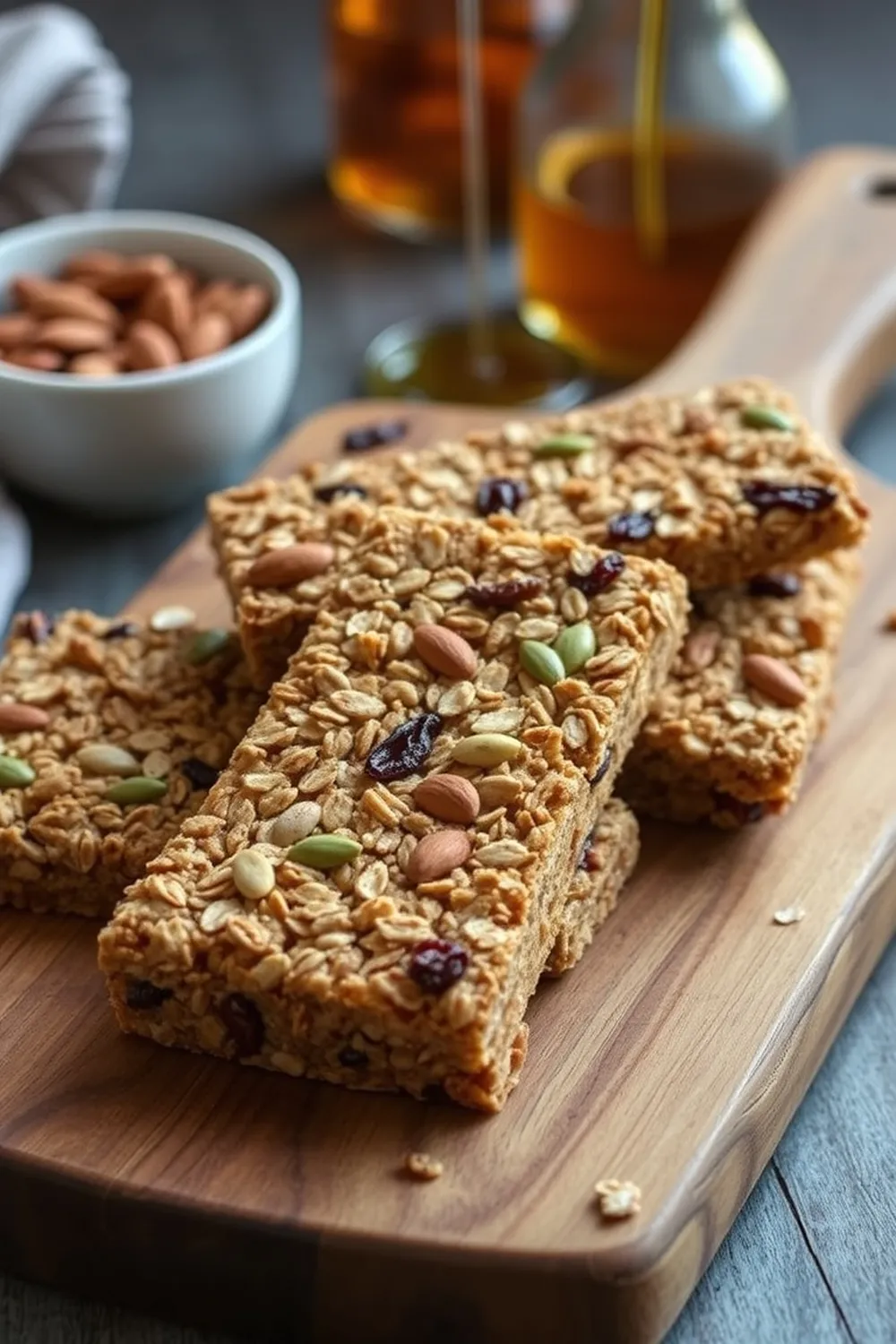- Sort and rinse 1 cup whole mung beans and 1/2 cup whole lentils, removing any debris.
- Soak the beans and lentils in a jar filled with water for 8 hours or overnight.
- Drain the water, rinse again, and cover the jar with cheesecloth secured by a rubber band.
- Place the jar on its side at a slight angle to allow drainage. Rinse and drain the sprouts 2-3 times daily for 1-2 days, until tails match the bean length.
- Refrigerate sprouts and use within a few days.
- Calories:120 kcal25%
- Energy:502 kJ22%
- Protein:9 g28%
- Carbohydrates:22 mg40%
- Sugar:2 mg8%
- Salt:5 g25%
- Fat:1.5 g20%
Last Updated on 2 months by Neha Deshmukh
Mung Bean & Lentil Sprouts Recipe – Easy Indian Sprouting Guide
Hey everyone! If you’re looking for a super healthy, incredibly versatile, and surprisingly easy addition to your meals, you have to try sprouting mung beans and lentils. I first started making these years ago, and honestly, it’s become a staple in my kitchen. They’re fantastic in everything from salads to stir-fries, and they just add this lovely fresh crunch. Let’s get sprouting!
Why You’ll Love This Recipe
Sprouting mung beans and lentils is a game-changer. It’s a simple process that unlocks a whole new level of nutrition. Plus, it’s incredibly satisfying to grow your own little superfoods right in your kitchen! They’re packed with goodness, super affordable, and add a wonderful texture to so many dishes. Honestly, once you start, you won’t stop!
Ingredients
Here’s what you’ll need:
- ¼ cup whole mung beans
- ¼ cup whole lentils
Ingredient Notes
Let’s talk about these little powerhouses! Mung beans and lentils are staples in Indian cooking for a reason.
Mung beans are known for being easily digestible and are a great source of protein and fiber. They’re often used in Ayurvedic practices for their cooling properties. Lentils, on the other hand, come in a beautiful variety of colors and flavors – red lentils cook down beautifully, while brown and green lentils hold their shape well.
When buying, always choose good quality, whole seeds. Avoid anything that looks damaged or discolored. You can find them at most Indian grocery stores, health food stores, or even online. And a little tip from my grandmother – she always said to buy from a source you trust, as the quality of the seeds really impacts the sprouting process.
Step-By-Step Instructions
Okay, let’s get down to business! It’s easier than you think.
- Sort and Rinse: Start by sorting through ¼ cup of whole mung beans and ¼ cup of whole lentils. Give them a good rinse under cool water, removing any debris or broken pieces.
- Soak Time: Place the rinsed beans and lentils in a jar. Cover them with plenty of water – you want at least 2-3 times the volume of water to the beans and lentils. Let them soak for 8 hours, or even better, overnight.
- Drain & Cover: The next morning, drain the water completely. Rinse the beans and lentils again. Now, cover the mouth of the jar with a clean piece of cheesecloth and secure it tightly with a rubber band.
- Sprout Away!: Place the jar on its side, at a slight angle, in a well-ventilated spot. This allows any excess water to drain. Rinse and drain the sprouts 3 times a day for 1-2 days. You’ll start to see little tails emerging – that’s what we want!
- Refrigerate & Enjoy: Once the tails are about the same length as the beans and lentils, it’s time to refrigerate. They’ll keep for a few days, ready to be added to your favorite dishes.
Expert Tips
Want to make sure your sprouts are perfect? Here are a few things I’ve learned along the way:
- Optimal Sprouting: The ideal temperature for sprouting is between 65-75°F (18-24°C).
- Spotting Spoilage: If you notice any mold, a foul smell, or a slimy texture, discard the sprouts immediately. Better safe than sorry!
- Sprout Length: Don’t let the sprouts get too long, or they can become bitter. Aim for tails that are roughly the same length as the bean or lentil itself.
Variations
Feel free to experiment! Sprouting is pretty forgiving.
- Soaking Time: If you live in a warmer climate, you might reduce the soaking time to 6-8 hours to prevent over-soaking.
- Lentil Varieties: I love using a mix of red and green lentils for a bit of color and texture.
- Spice It Up: My friend Priya adds a pinch of turmeric to the soaking water – she swears it boosts the health benefits!
Vegan Adaptation
This recipe is naturally vegan! No changes needed.
Gluten-Free Adaptation
This recipe is naturally gluten-free!
Spice Level – Mild
These sprouts are very mild in flavor, making them incredibly versatile.
Festival Adaptations
In many Indian households, sprouts are enjoyed during festivals like Navratri as a sattvic (pure) and nourishing food. They’re also a popular choice during fasting periods.
Serving Suggestions
Okay, this is where the fun begins! Here are a few of my favorite ways to use these sprouts:
- Salads: Add them to your favorite green salad for a crunchy boost.
- Curries: Toss them into a vegetable curry during the last few minutes of cooking.
- Stir-fries: They’re fantastic in a quick and easy stir-fry.
- Sandwiches & Wraps: Add a handful to your sandwich or wrap for extra texture and nutrition.
- As a Garnish: Sprinkle them over soups, dals, or even rice dishes.
Storage Instructions
Store your sprouted mung beans and lentils in an airtight container in the refrigerator. They’re best used within 3-4 days.
FAQs
Let’s answer some common questions:
1. What is the ideal temperature for sprouting mung beans and lentils?
Between 65-75°F (18-24°C) is perfect!
2. How can I tell if my sprouts have gone bad?
Look for mold, a foul smell, or a slimy texture. If you see any of these, discard them.
3. Can I sprout mung beans and lentils together, or should I keep them separate?
You can definitely sprout them together! It’s actually quite common and doesn’t affect the process.
4. What are the health benefits of eating sprouted mung beans and lentils?
Sprouting increases the bioavailability of nutrients, making them easier for your body to absorb. They’re packed with protein, fiber, vitamins, and minerals.
5. Is it necessary to use cheesecloth, or are there alternative drainage methods?
Cheesecloth works well, but you can also use a clean muslin cloth or even a fine-mesh sieve.
6. How does the quality of water affect the sprouting process?
Use filtered water for best results. Avoid using heavily chlorinated water, as it can inhibit sprouting.










